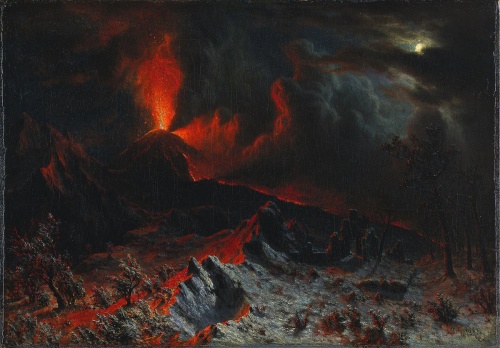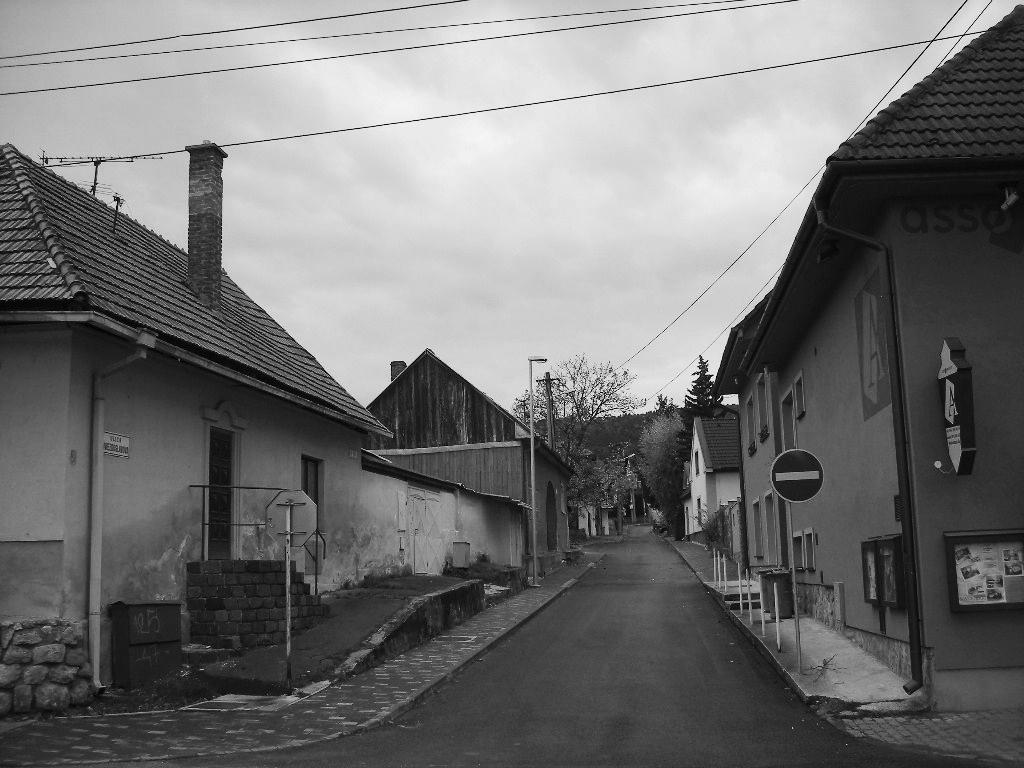 This paper explores the uses of the sublime in recent art theory, philosophy, and literary criticism. I propose that the concept of the sublime, and the postmodern sublime in particular, are over-used tropes in critical writing. They sometimes serve a covert religious purpose, as a way of smuggling theological concepts into secular discourse; and they are stand-ins for notions of epistemological, linguistic, and psychological failures that do not require the specific discourse of the sublime.
This paper explores the uses of the sublime in recent art theory, philosophy, and literary criticism. I propose that the concept of the sublime, and the postmodern sublime in particular, are over-used tropes in critical writing. They sometimes serve a covert religious purpose, as a way of smuggling theological concepts into secular discourse; and they are stand-ins for notions of epistemological, linguistic, and psychological failures that do not require the specific discourse of the sublime.
The essay includes references to accounts by Thomas Weiskel, Neil Hertz, Jean-François Lyotard, Philippe Lacoue-Labarthe, Terry Eagleton, Richard Rorty, Paul Crowther, Paul De Man, Peter De Bolla, and others. It is available here as a pdf.
Originally published as “Gegen das Erhabene” [“Against the Sublime”], in Das Erhabene in Wissenschaft und Kunst: Über Vernunft und Einbildungskraft, edited by Roald Hoffmann and Iain Boyd Whyte (Berlin: Surhkamp: 2010): 97–113; English edition: Beyond the Finite: The Sublime in Art and Science, edited by Roald Hoffmann and Iain Boyd Whyte (New York: Oxford University Press, 2011), 20–42.

The sublime is a malleable, undefined concept in contemporary art. What is effectively not sublime?